

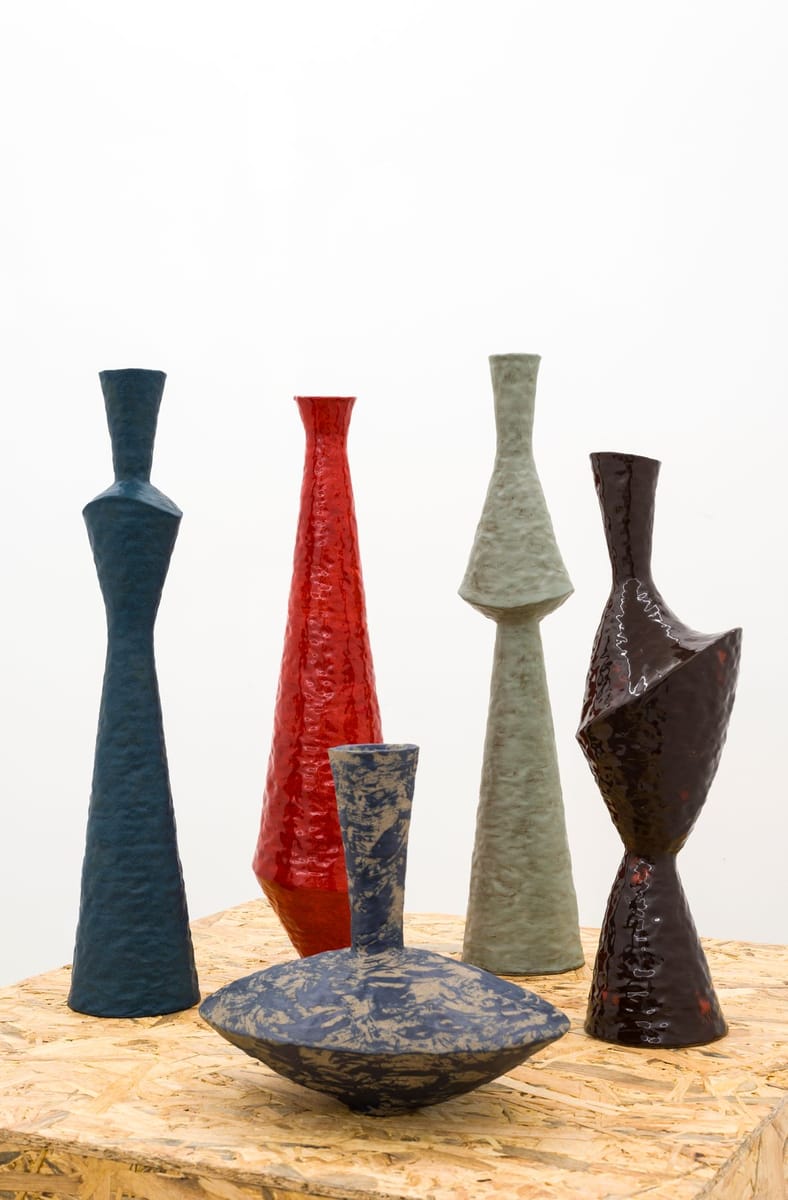

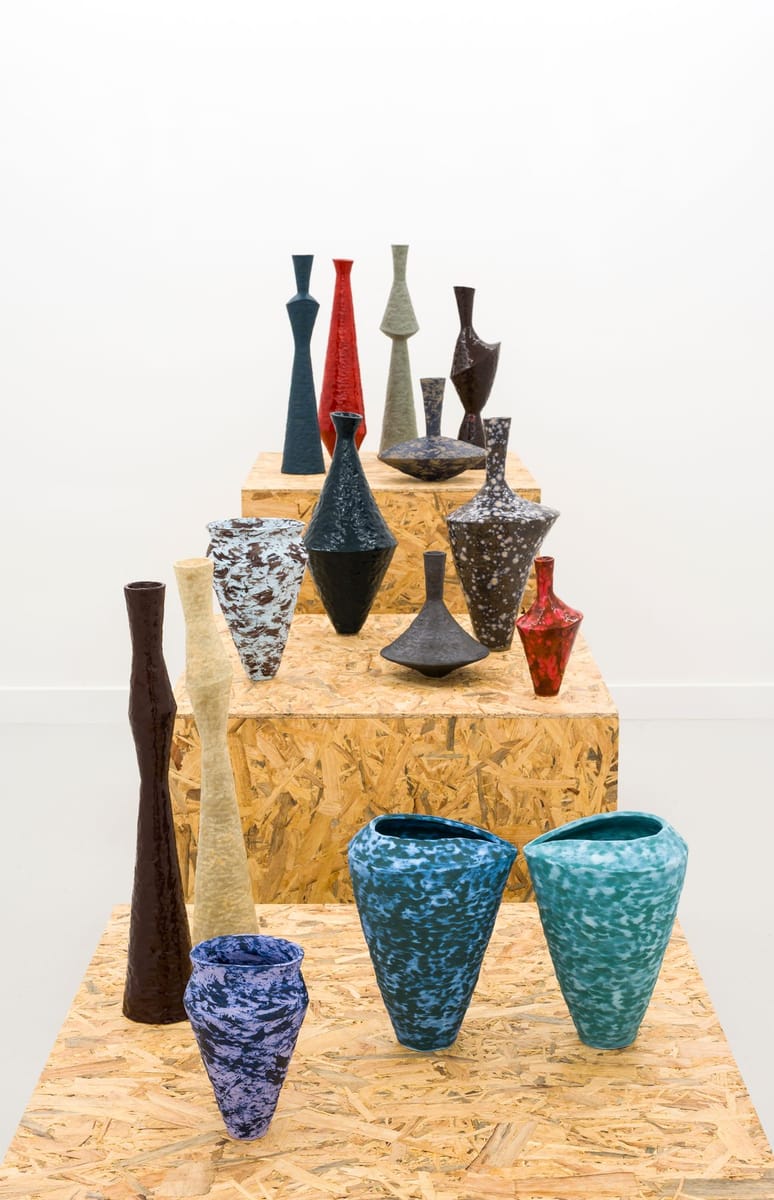

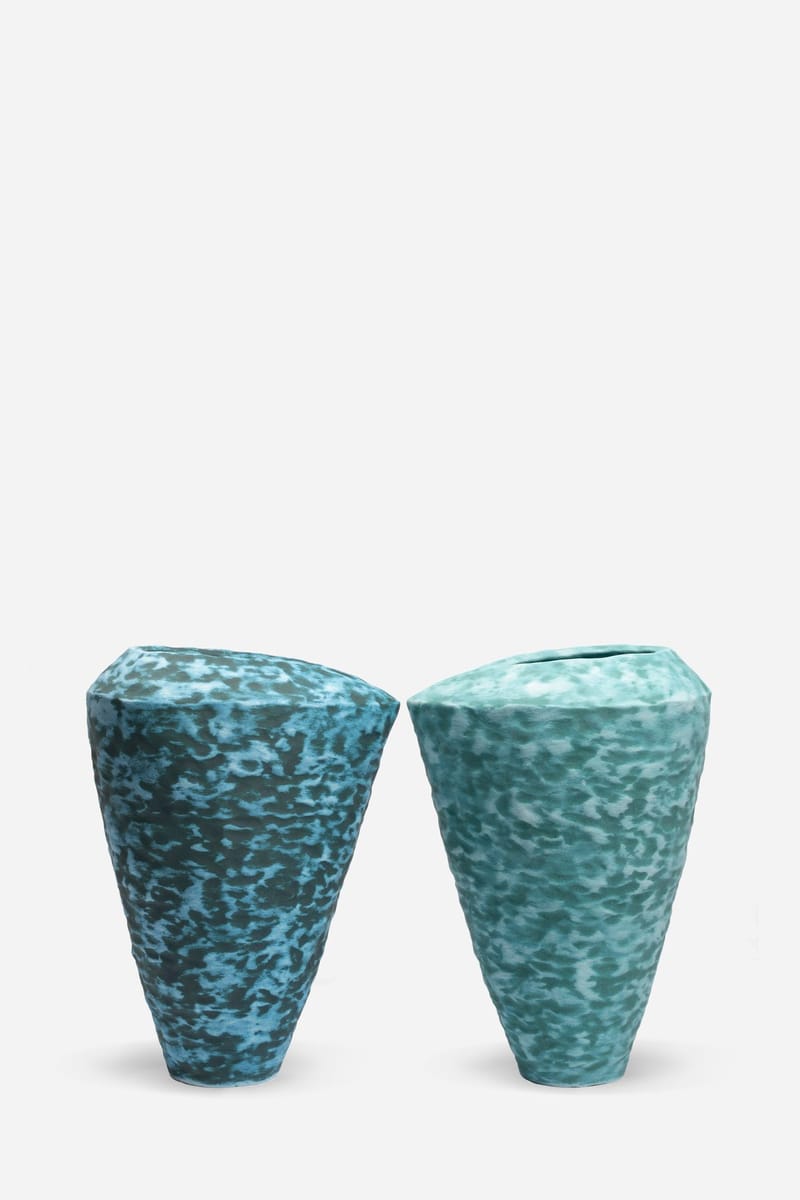
glazed stoneware
32 x 48 x 19 cm

glazed stoneware
32 x 48 x 19 cm

glazed stoneware
31 x 20 x 17 cm

glazed stoneware
31 x 20 x 17 cm
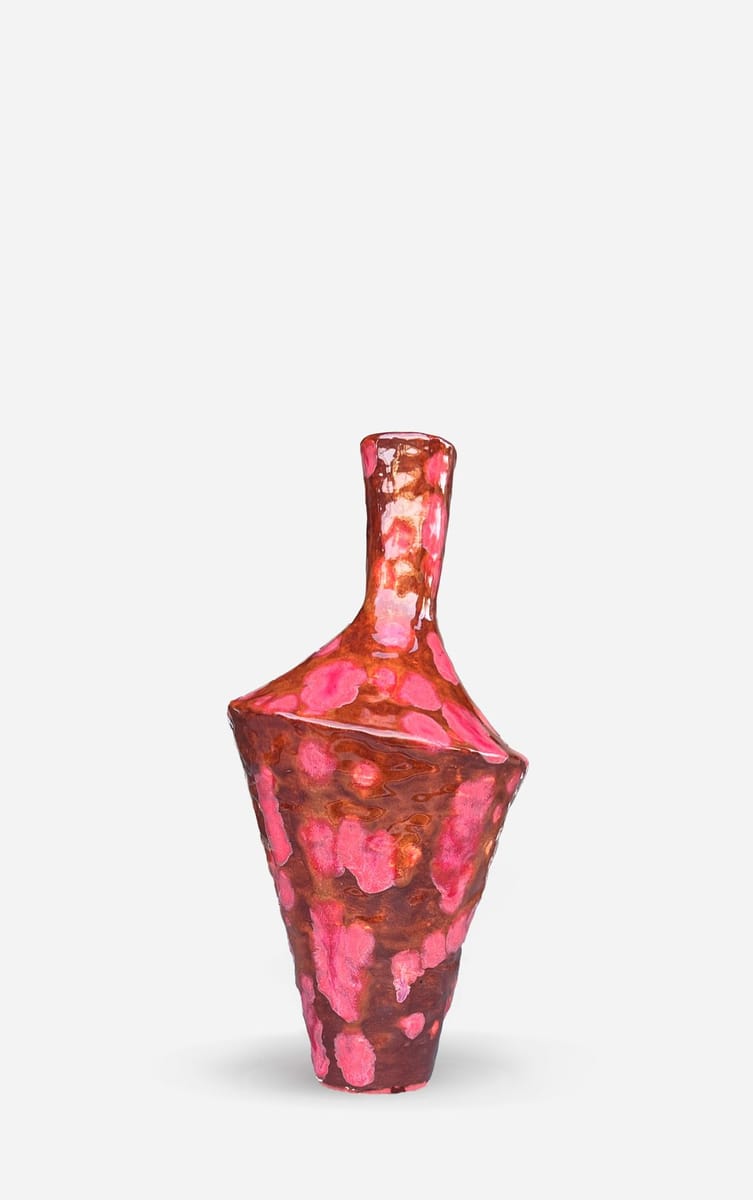
glazed earthenware
26 x 13 x 13 cm

glazed earthenware
26 x 13 x 13 cm
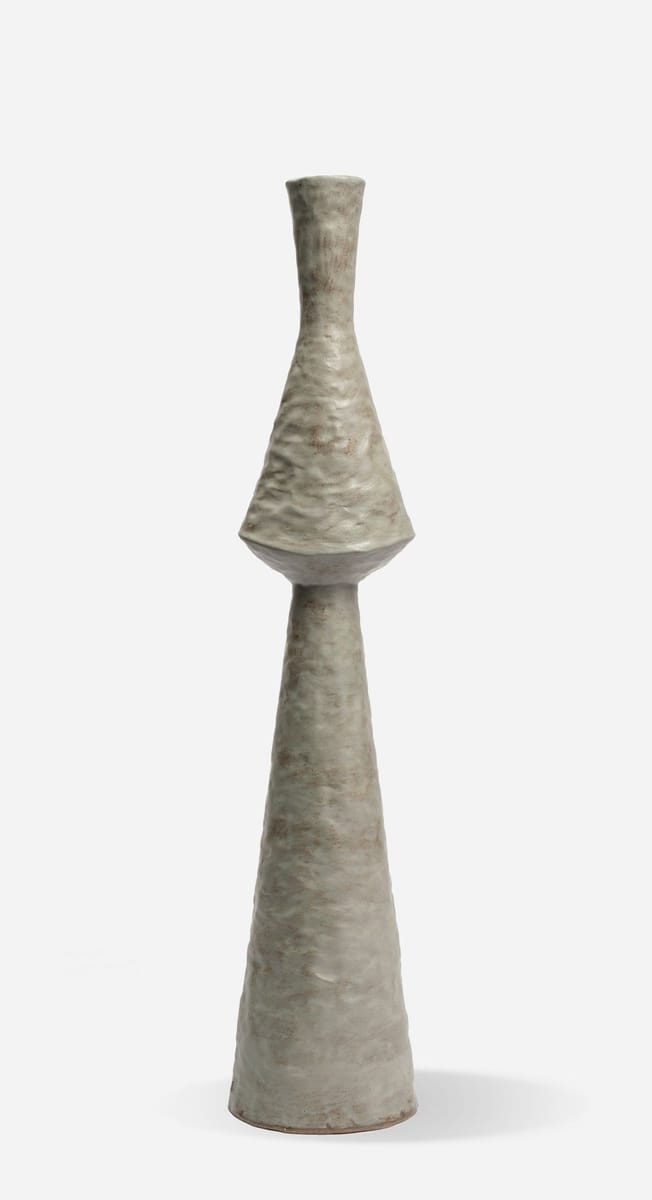
glazed stoneware
58 x 12 x 12 cm


glazed stoneware
48 x 22 x 22 cm

glazed stoneware
48 x 22 x 22 cm
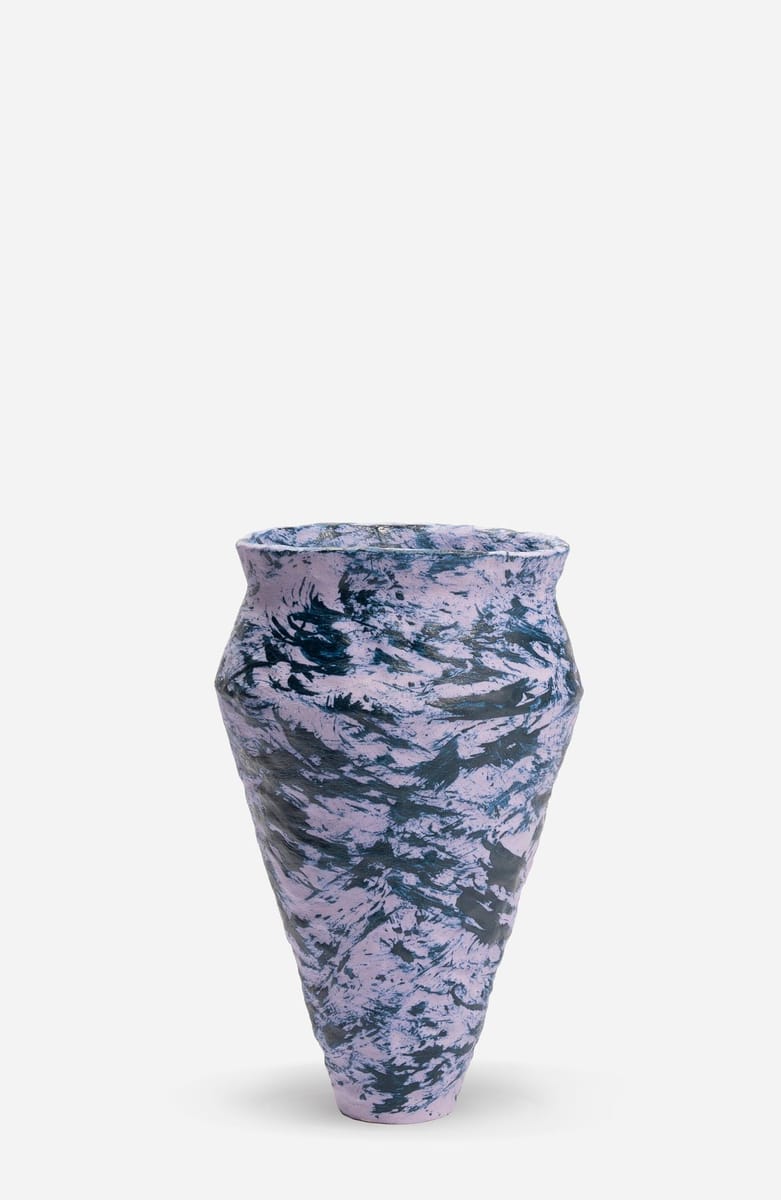
glazed stoneware
24 x 16 x 12 cm

glazed stoneware
24 x 16 x 12 cm
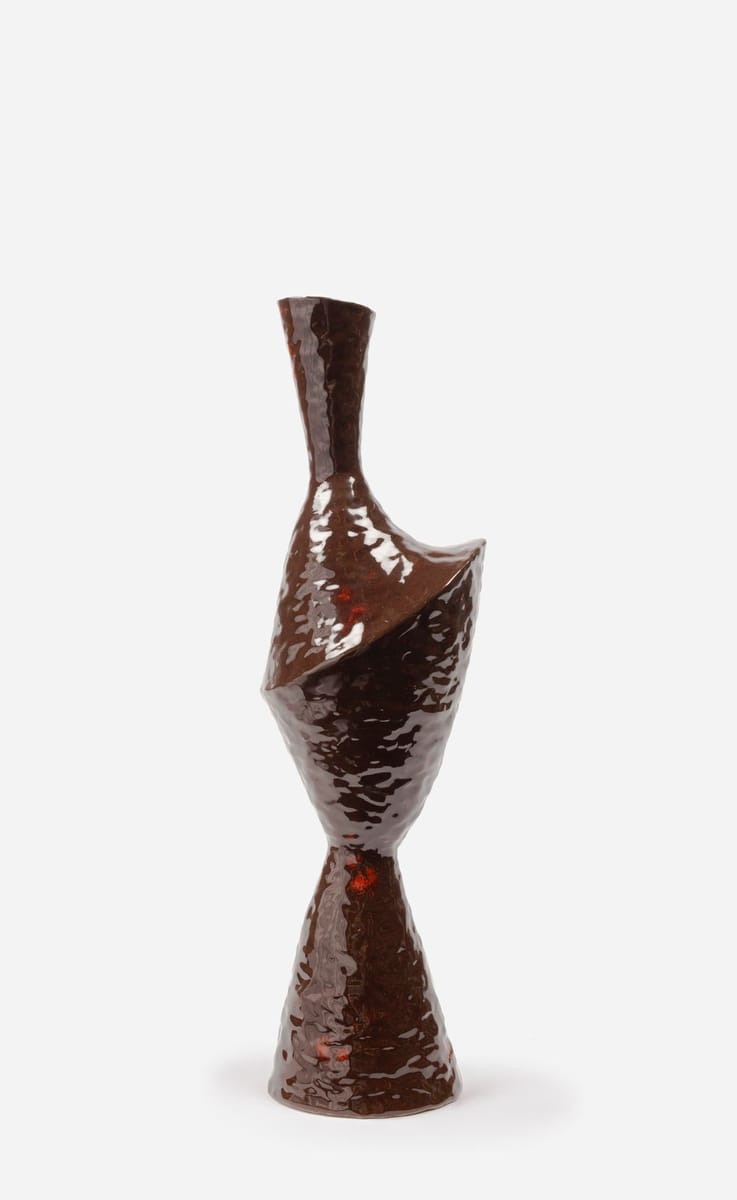
glazed stoneware
47 x 15 x 12 cm

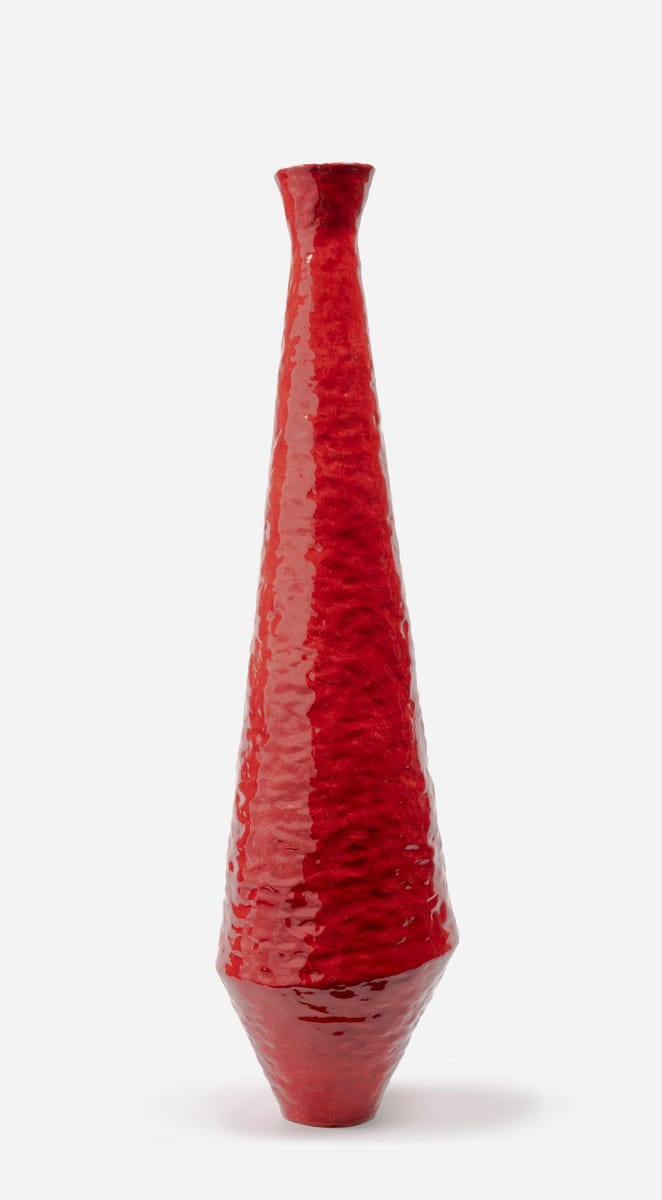
glazed stoneware
54 x 14 x 14 cm

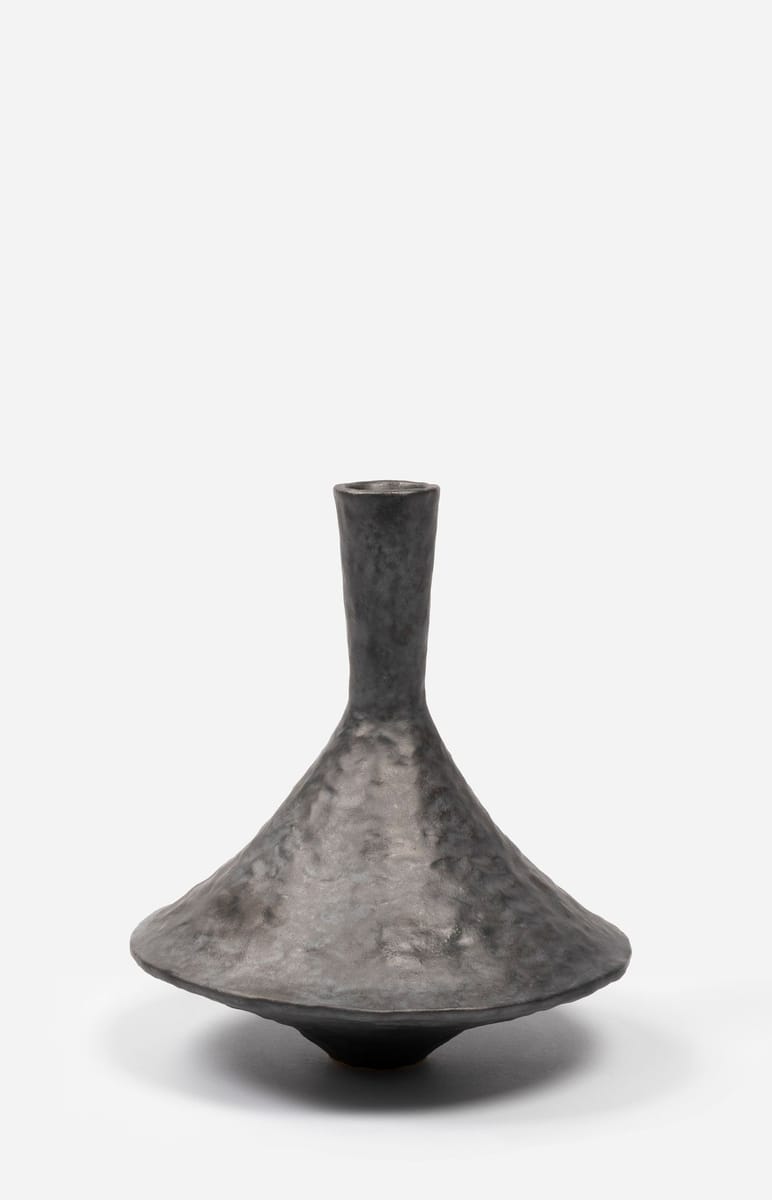
glazed earthernware
24 x 22 x 22 cm

glazed earthernware
24 x 22 x 22 cm
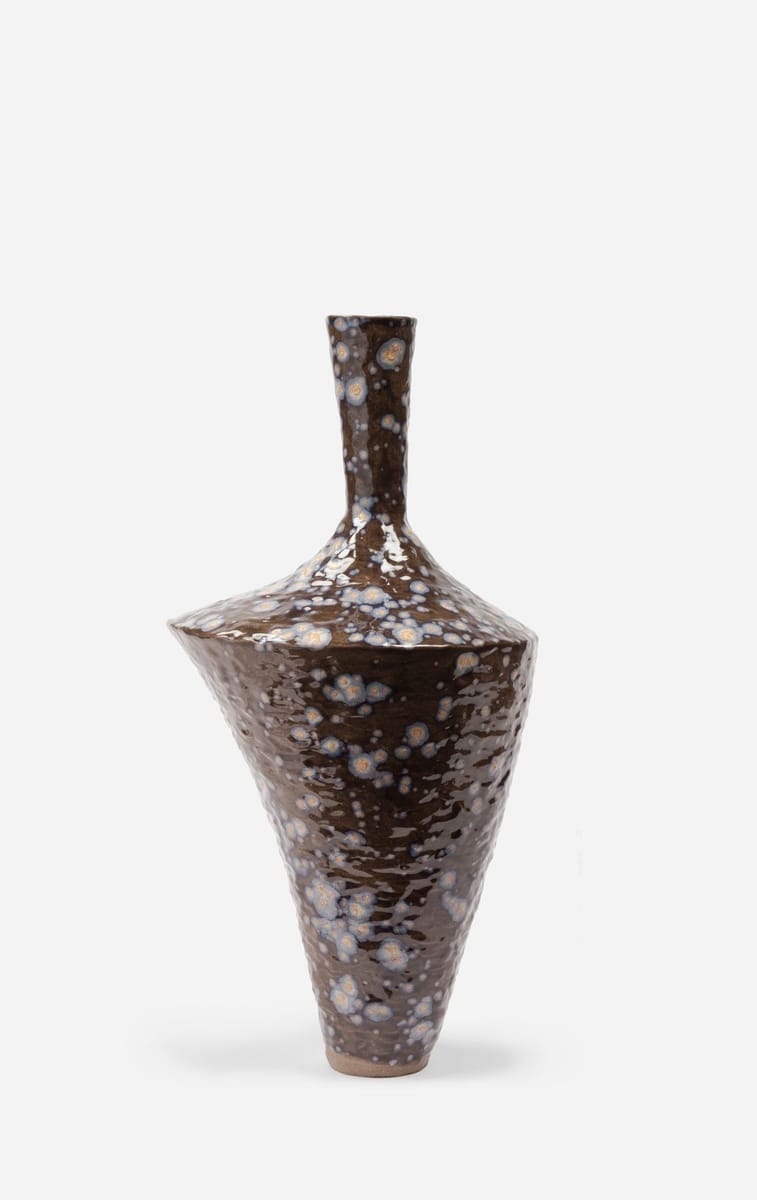
glazed stoneware
49 x 26 x 23 cm

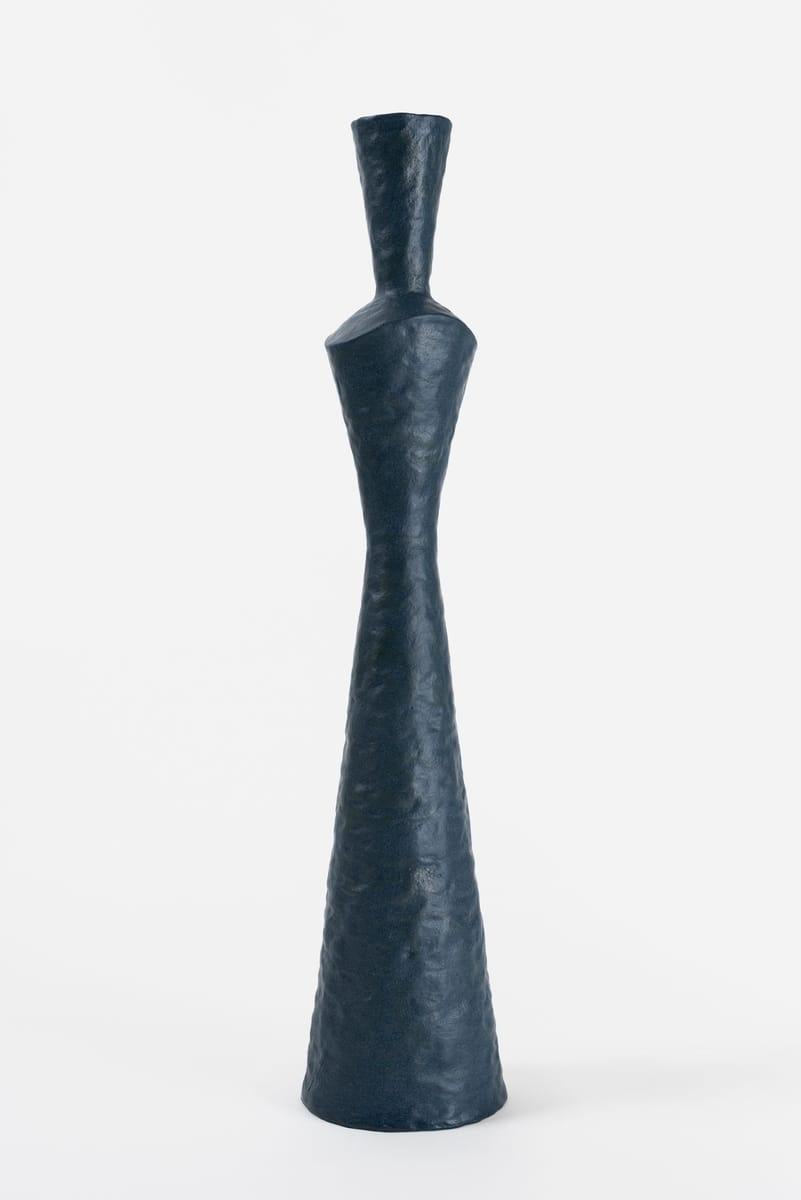
glazed stoneware
55 x 13 x 13 cm

glazed stoneware
55 x 13 x 13 cm
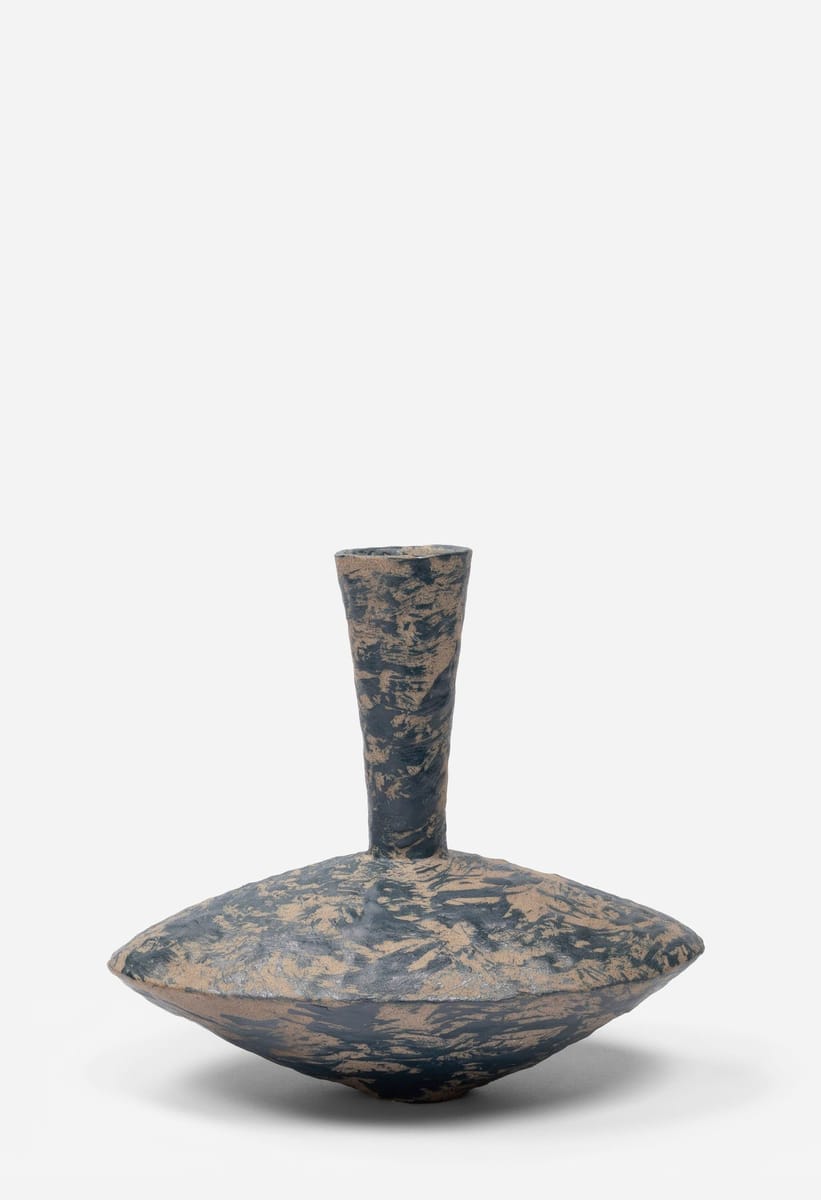
glazed stoneware
26 x 29 x 19 cm

glazed stoneware
26 x 29 x 19 cm
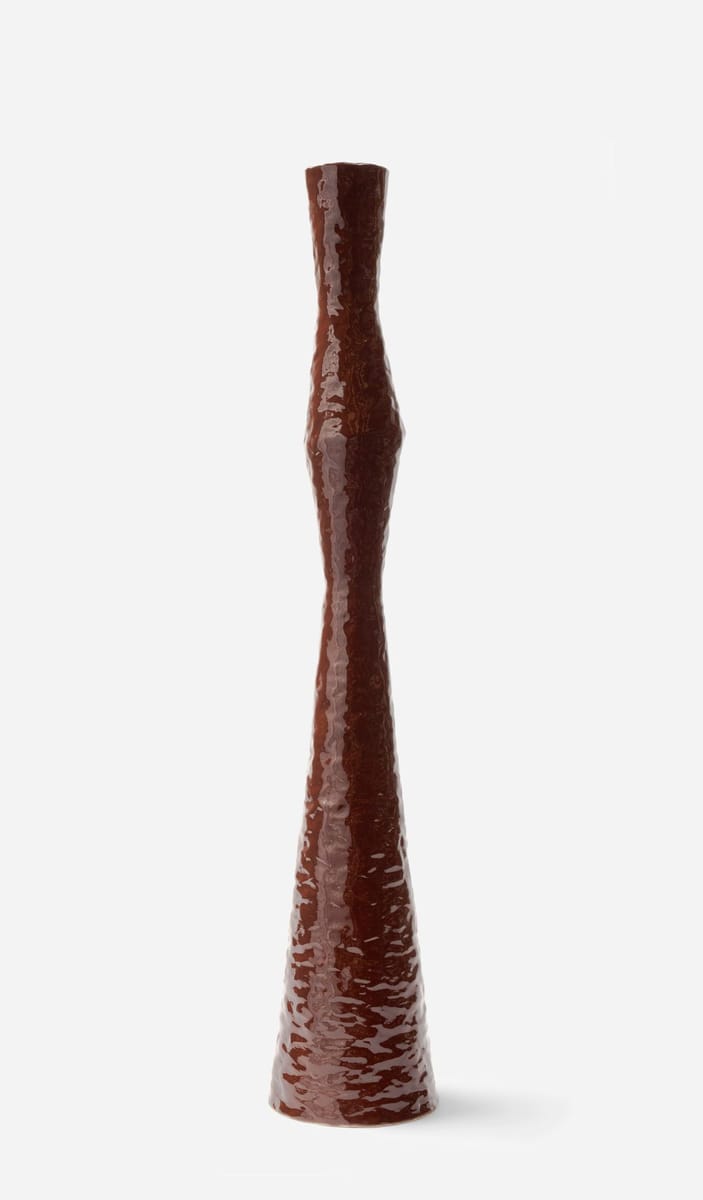
glazed stoneware
62 x 13 x 13 cm

glazed stoneware
62 x 13 x 13 cm
Strange Altars
In ‘Strange Altars’ the act of worship is examined, as ceramic vessels take on the function of religious ornamentation, challenging traditions and prompting the viewer to reconsider their prescribed beliefs. Firstly, clay is molded into conical forms, which are then glazed to add texture and colour, this process reimagines nostalgic religious figures and symbols, transforming the relics and their embedded histories into alternative sacred incarnations.
Natalie O’Loughlin, 2024
It helps to treat artworks as lively personalities in their own right. One strange question I sometimes pose to an object is: yeah, you look pretty good, but are you in tune with the cosmos? It's a way to temporarily step outside of your own biases and consider the life trajectory of more-than-human things. While O'Loughlin’s vessels operate within the traditional bounds of ceramics, they also gesture towards something more vital, even wild.
In her 2017 text ‘Wild Things’, Hilde Bouchez makes the distinction between tame and wild objects. Tame things tend to be stripped of their own power and agency, like commercialized products made by a well-known designer. Wild things, on the other hand, contain a type of ordinary beauty where the material itself speaks, rather than the person who made it. They possess an aura that taps into a deeper level of consciousness. It’s the antithesis to the environment of the shopping centre.
O’Loughlin is a shape-sorcerer who crafts wonky families of ceramic vessels. In one blood- red piece, its proudly glossy exterior gives the impression it came out of the kiln with an air of defiance. Nearby, shyer ones with low-slung bodies covered in chalkboard-dry, scumbly brushwork speak a softer language. Each work feels more like a distant cousin rather than a close sibling. Some strike angular poses like a spinning top as it starts to slow down and lose its centre of gravity.
Staged upon a series of platform steps as if patiently waiting to board a spacecraft, each piece in Strange Altars appears like an offering from a distant planet, beckoning for its own terms of adoration. With an emphasis on craftsmanship and tactility, they speak to the quiet power of the material world in connecting us to outer realms.
Mason Kimber, 2024